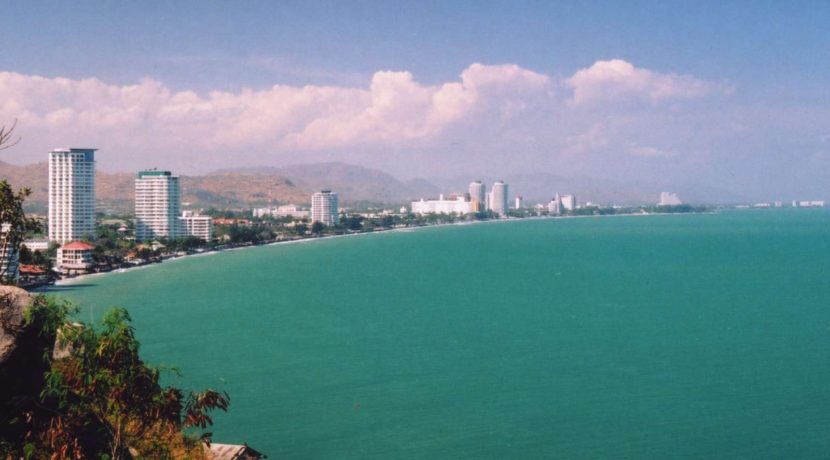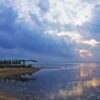December 02, 2016
A survey by Plus Property Co Ltd, (a property agency arm of Sansiri Plc), said the market response rate for Hua Hin and Cha-am stood at 72 per cent, with a high demand for property in Cha-Am and Khao Takiab.
Despite a slight slowdown in Hua Hin and Cha-am this year compared to 2015, the tourism outlook in these destinations is still good, with more than 3 million local and foreign tourists visiting Hua Hin in 2015, or an increase of 3 per cent from the previous year. This continuous rise in tourists has resulted in a good market response for locations near tourist accommodations. Overall, these areas show a 72 per cent market response rate versus total real-estate supply.
Hua Hin and Cha-am are highly favoured destinations among Thai and foreign travellers, due to beautiful geography and continuous development of new tourism attractions. Tourism is therefore helping drive the local economy, with positive impacts to the real-estate market.
The Hua Hin-Cha-am real-estate market is expected to expand further in the next three to four years thanks to the government’s plan to develop a high-speed rail connection from Bangkok to Hua Hin and dual rail systems from Nakhon Pathom to Hua Hin. There are also plans to expand roads, develop several tourism attractions and build large department stores that should open their doors within this month.
The total accumulated supply of properties between Cha-am and Khao Takiab from 2007 to the first half of 2016 stood at 23,400 units, with up to 78 per cent sold, compared to 74 per cent at the end of 2015. There are some 5,200 units unsold, with most of them located in Cha-am and in mega-projects by listed developers.
Of the total units in the area, 16,058 are located in Cha-am, accounting for nearly 70 per cent of the total supply, followed by Khao Takiab at 12 per cent.
Meanwhile, the 1,753 and 1,593 condominium units in Hua Hin and Khao Tao respectively, account for 7 per cent of the total market. The area with the lowest supply is inland, and in even-numbered sois, representing just 5 per cent of the total supply. The number of non-sea view units now is about 2 per cent higher than sea view units, compared to roughly 10 per cent at the end of 2015. This change results from one project in Cha-am, which has 1,130 units in a high-rise and most of them have partial sea view from their balconies.



